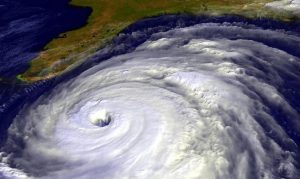
Even though the U.S. Department of Agriculture knows that without studies showing its dangers, climate change is not really happening, news outlets in Florida are banding together to talk about the weather:
Now six Florida news organizations — The Miami Herald, South Florida Sun Sentinel, Tampa Bay Times, Palm Beach Post, Orlando Sentinel, and WLRN — are forming a partnership to cover climate change stories together. They’ll start out by sharing content across their newsrooms, but over time are hoping to collaborate on reporting as well. The partnership may also expand to include universities and nonprofit newsrooms.
“We aim to be the ProPublica of environmental reporting for our state,” Nicholas Moschella, editor of The Palm Beach Post, said in a statement.
Many of the participating news organizations have worked together in some capacity in the past. The Miami Herald and WLRN have had an editorial partnership for 15 years and share newsrooms, for instance, and the Herald, WLRN, Sun Sentinel, and Post are already partners on The Invading Sea, an investigation into sea-level rise. “This is an opportunity to maximize our ability to cover the biggest story of our lives,” said Julie Anderson, executive editor of the Sun Sentinel and Orlando Sentinel, both Tribune papers.
Just for scale, the U.S. is also surrounded on two sides by water and supposedly split down the middle by… indecision.
